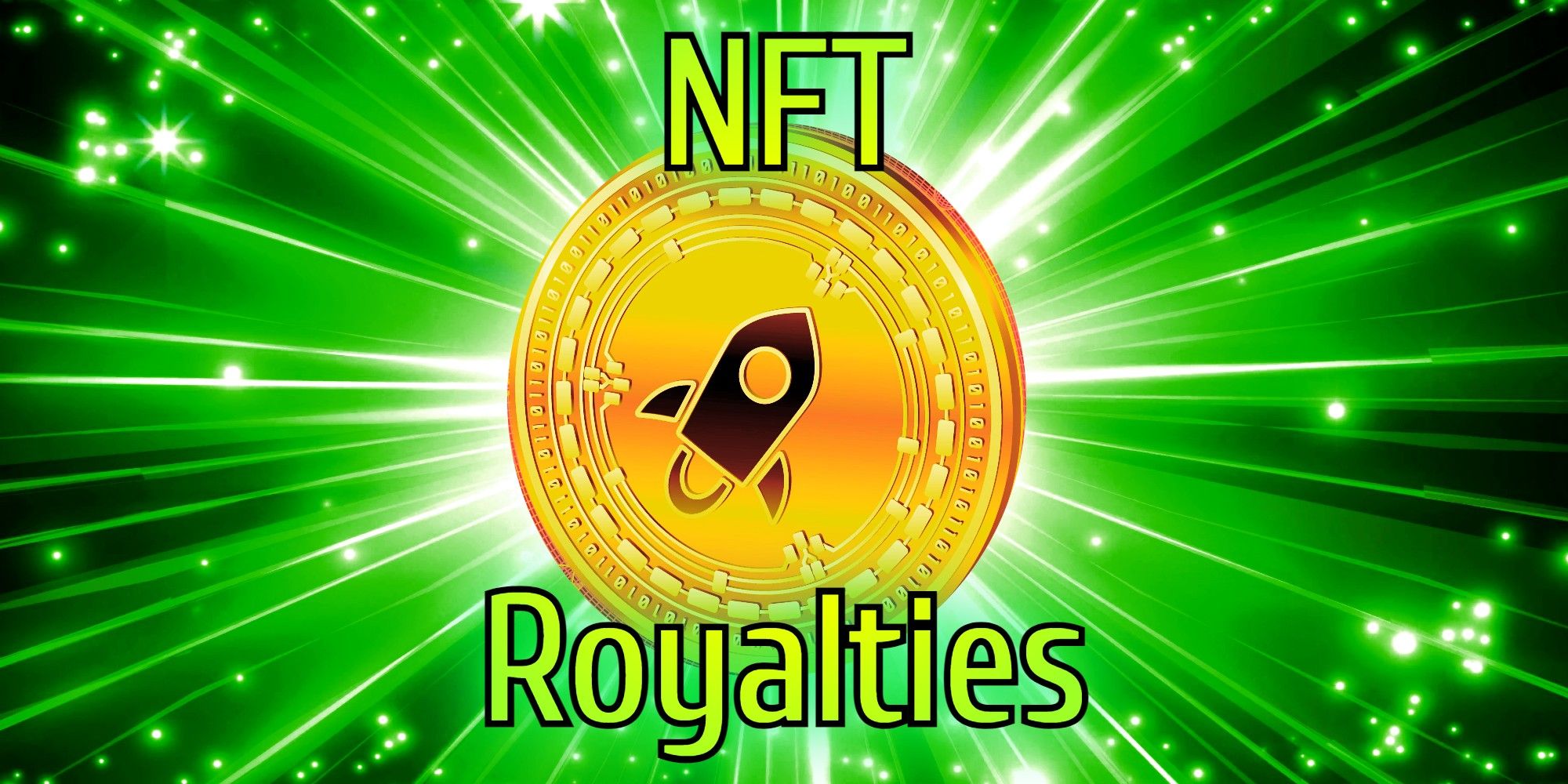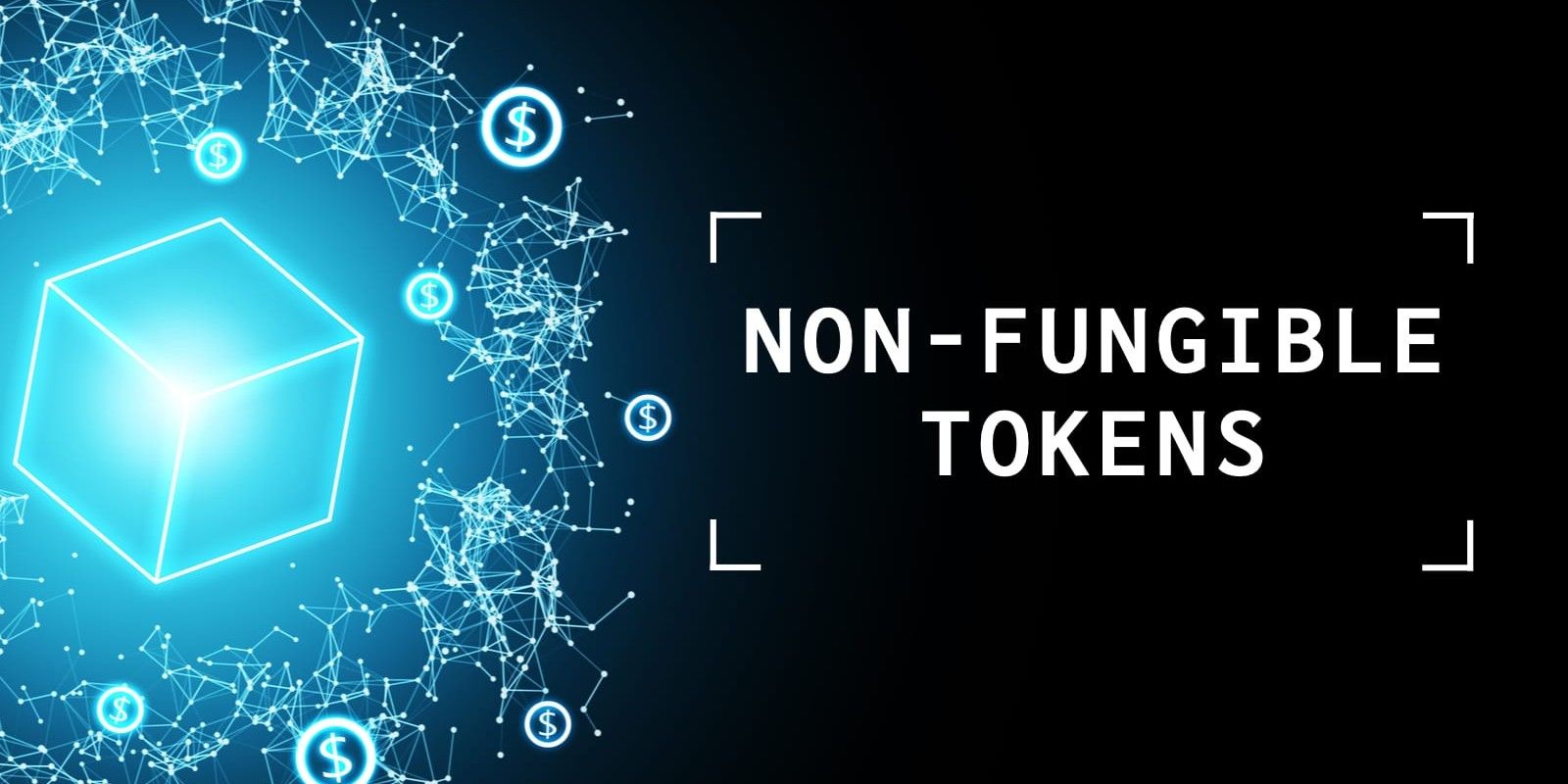While it is true that NFT royalties can be easily distributed, it is misleading to think that royalties are a natural feature of NFTs. Royalties are often cited as an important reason why artists should stamp NFTs on their work. NFTs, also called non-fungible tokens, are a special type of cryptocurrency where each token is unique and represents a piece of content or data, usually embedded in a URL in the token’s blockchain smart contract code.
Smart contracts are the core technology behind NFTs, but this is usually overlooked by most people and is why NFTs are so misunderstood. NFT marketplaces use their own smart contracts to handle the payment processing side of NFT trading, parts of which may compensate the NFT’s original creator.
As The block reported that NFT marketplace Sudoswap recently set its royalties to 0%, sparking massive community debate about the pros and cons of royalties. Right now it is the payment processor (the NFT marketplace) that enforces and processes the royalties, not the NFT’s token contract. While early NFTs had buy/sell functionality in their token contracts, this was not included in the adopted ERC-721 token standard, the compatibility standard all NFTs are built upon today. Because of that, a seller who doesn’t want to pay the royalty fee can simply sell the token on another non-royalty-participating marketplace, which completely defeats the purpose of coining the work as an NFT for the royalty payments.
A new standard is needed
Royalty payments have been a business staple for a very long time and are often enforced by legal contracts and distributed over regular time intervals, but this comes with the problem of relying on a third party to reliably distribute the royalties. Implementing automated royalties in smart contracts will eliminate this problem entirely. However, this is almost impossible to implement in practice under the current NFT token standard, which is why royalties are facilitated by NFT marketplaces such as OpenSea. This leaves the artist in a tough situation. They can limit which marketplaces are allowed to sell the token, making it far less desirable to buyers, or they can sell the token for much more at creation.
A compromise solution would be “transfer fees“, where the transfer function is modified to charge a fixed fee in stablecoins or cryptocurrency as part of its original functionality. Although inconvenient, it will ensure that wherever NFT is sold or transferred, the artist is always paid a fixed fee, and because the royalty is enforced by the token’s contract, no one could circumvent it by selling the token on another marketplace.Other solutions may also be viable, but until one is adopted, the royalty problem will persist, and artists will not stamp their work as NFTs.
NFT royalties are currently provided by NFT marketplaces as this is the easiest and fairest approach, but this means royalties are not guaranteed. Right now, there is no reliable way to enforce a royalty system that cannot be circumvented by the seller or that does not limit the movement of NFTs on the blockchain. A fully automated royalty system enforced by the token itself may remain elusive NFTs for a while, but that won’t stop blockchain developers from trying to find a solution that works for everyone.
Source: The Block, Sudoswap


























